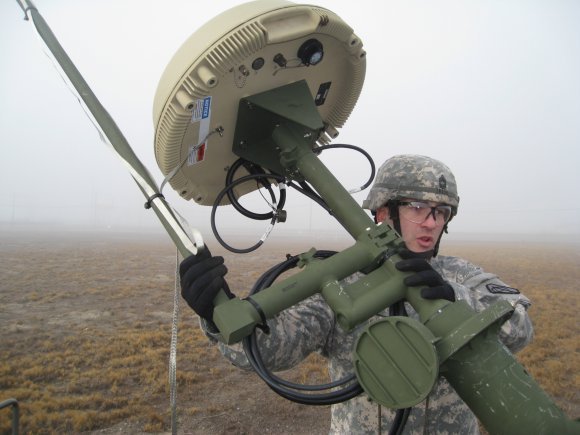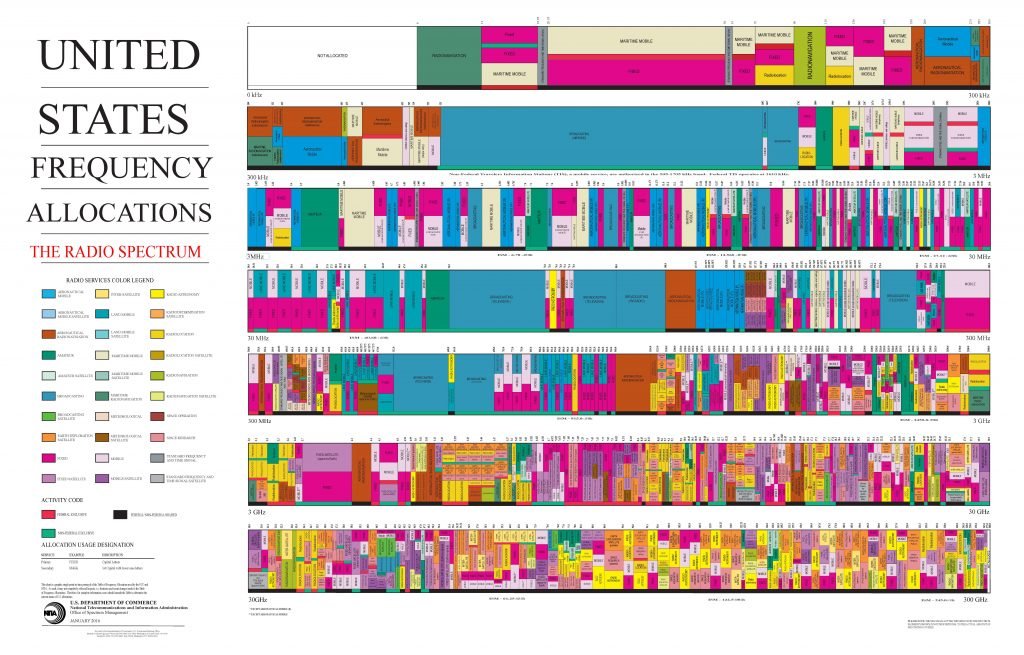Pentagon Unveils Spectrum Strategy; Five Eyes Talking « Breaking Defense

An Army soldier sets up a highband antenna in Afghanistan.
WASHINGTON: The Pentagon unveiled a new Electromagnetic Spectrum Superiority Strategy this afternoon, with a detailed implementation plan to follow in six months. Discussions with America’s Five Eyes allies – the UK, Australia, Canada, and New Zealand – has already begun, defense officials said this morning, and outreach to NATO will soon follow.
The 28-page “strategy” is, like most such Defense Department documents, a jargon-laden wishlist that doesn’t specify particular programs, timeline or budget. But, officials said, it does set out broad principles to guide development of new technologies, potential upgrades across “thousands of systems in use today,” and “appropriate trades” in future budgets – Pentagonese for cutting some programs to fund others. That detailed planning is already underway, led by the tech-savvy Vice-Chairman of the Joint Chiefs of Staff, Gen. John Hyten, and the Electromagnetic Spectrum Operations Cross Functional Team he co-chairs.
The key points that emerged from the welter of buzzwords?

A traditional frequency allocation chart.
Share Spectrum With Industry
While the Pentagon is still fighting a rearguard effort against the FCC-approved encroachment of 5G provider Ligado into frequencies used by military radar, the strategy signals that the Department overall is taking a “can’t beat ’em, join ’em” approach to the private sector. Instead of rigidly and exclusively assigning given bands of spectrum to one user, civilian or military, the Pentagon now wants to dynamically share spectrum. That will probably require artificial intelligence to allow the private sector transmit on frequencies the military isn’t using at a given place and time, and switch bands back to military use when needed.
High-tech adversaries won’t limit themselves to using FCC-assigned frequencies or respect civilian communications, one official said, and the US military needs to be able to train for that, including on US territory. “That’s going to require us to get access to commercial spectrum in United States…to be able to train and exercise,” he said. “We understand that the…

